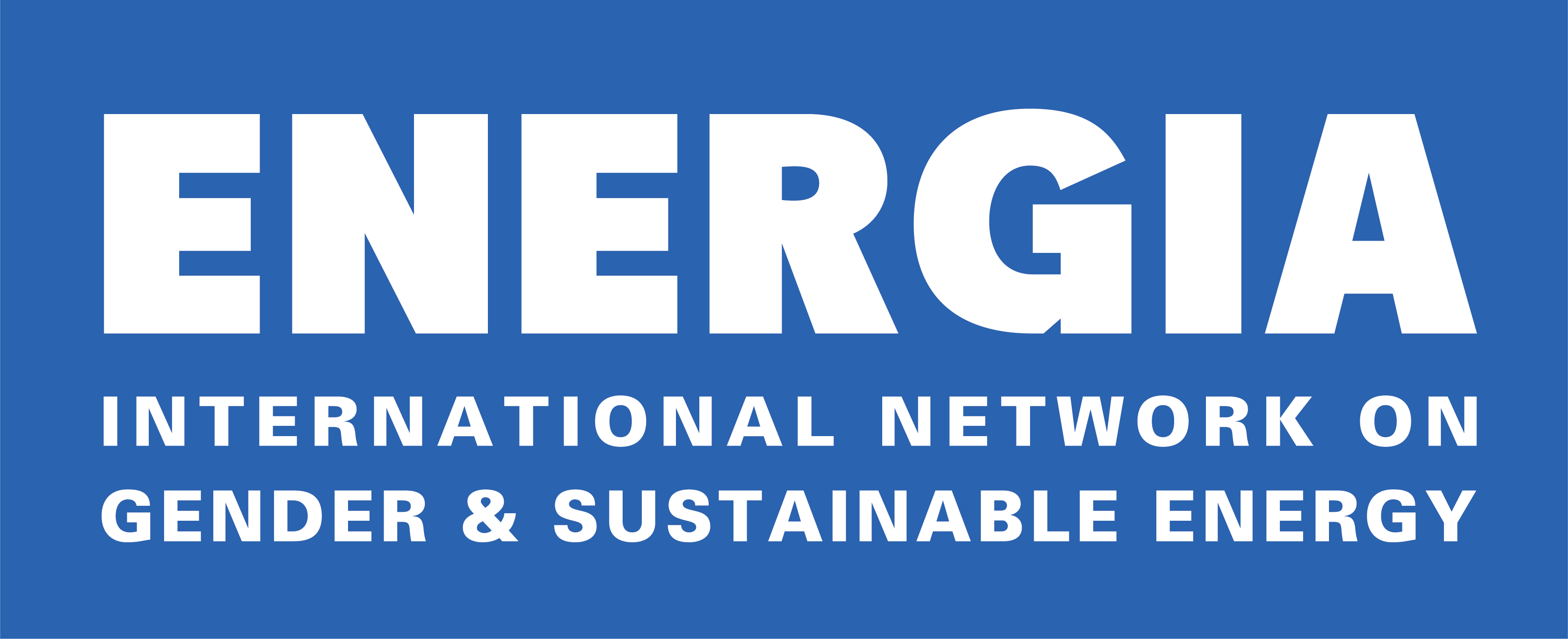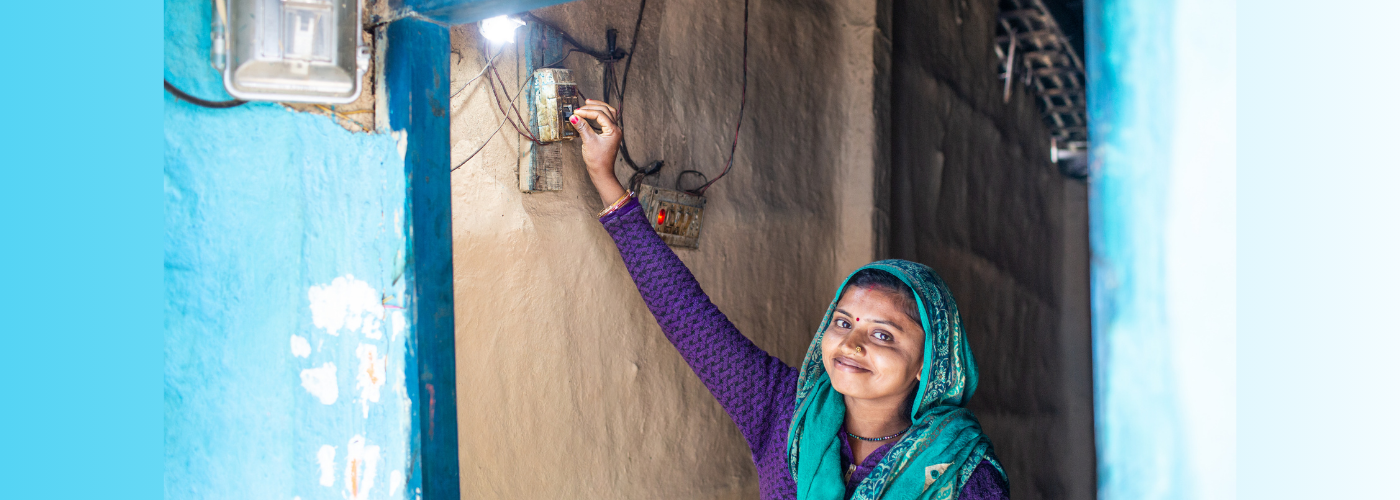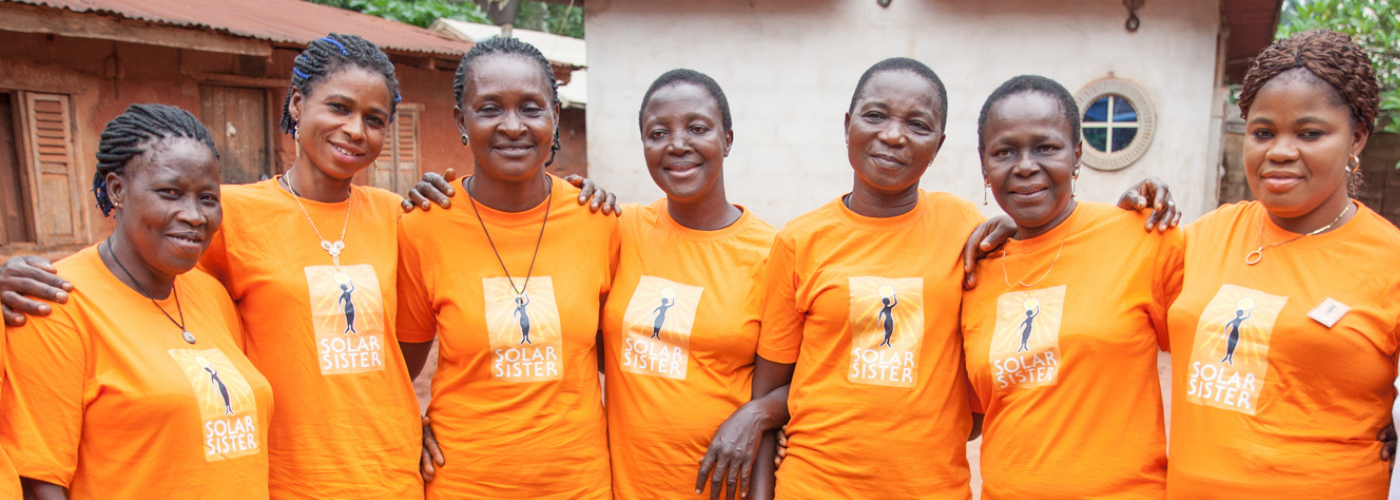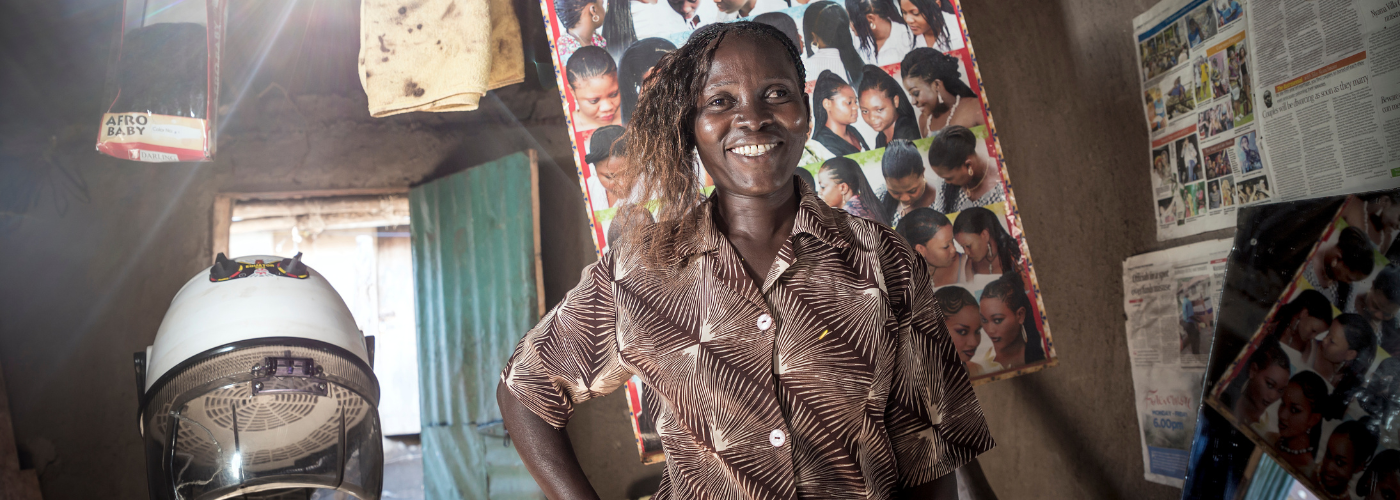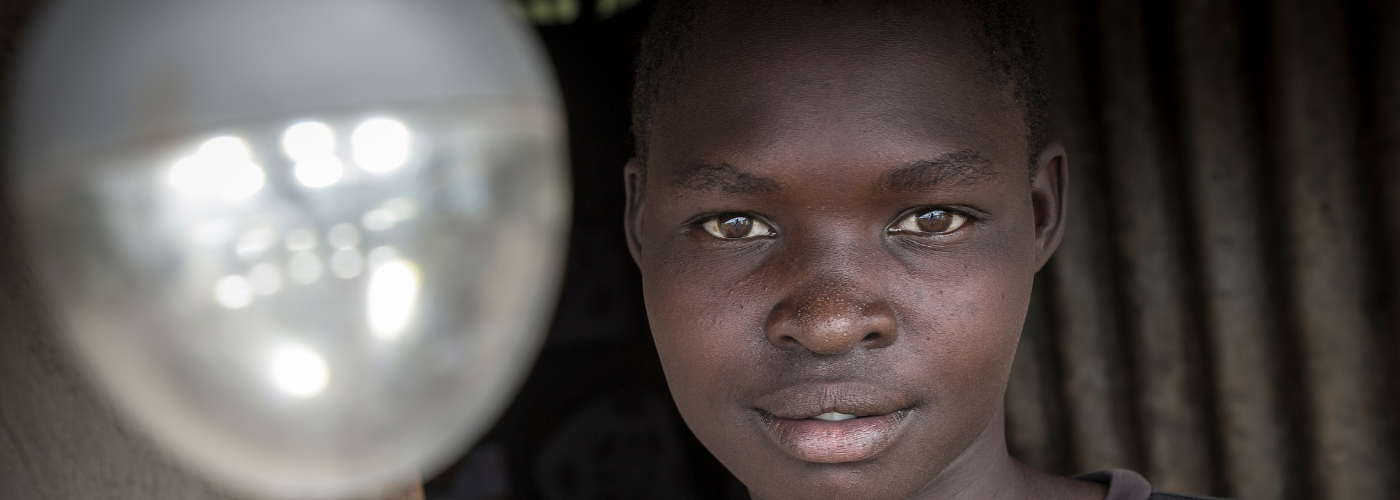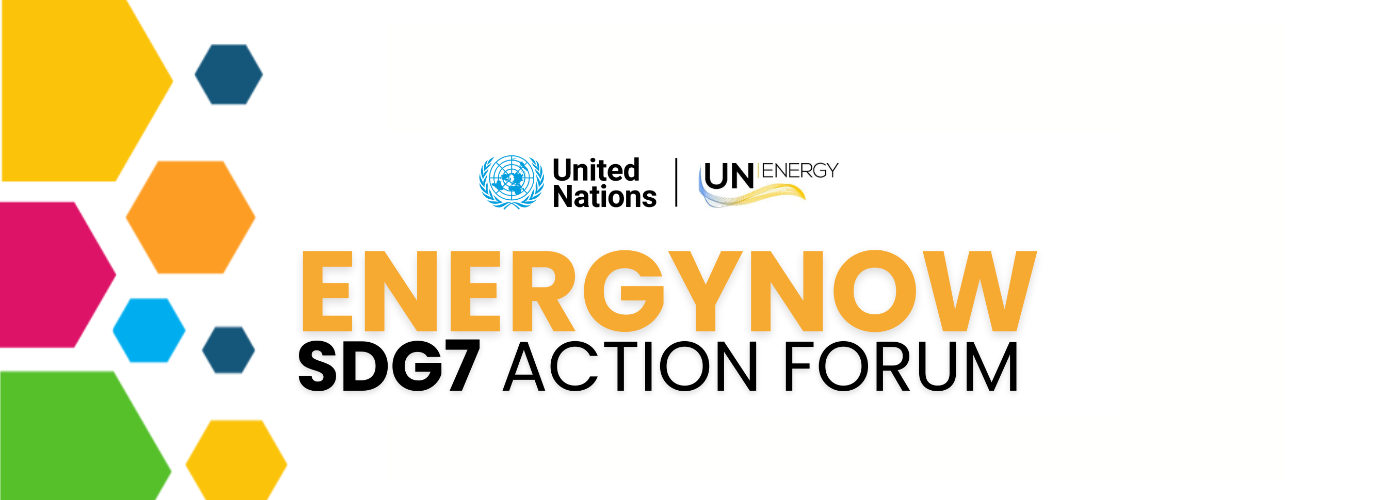By Antara Majumdar
In the heart of Nepal, the journey towards electrification has transformed lives, particularly in the underserved communities of Madhesh Province. Here, the Nepal Electrification Authority (NEA) has achieved an electrification rate of 99.95%. Given this, one might assume that all households enjoy the benefits of electricity. However, pockets of poverty still exist, where families remain in darkness without electricity access.
Why is this so? Mainly because of lack of awareness about the electrification process and an absence of necessary documentation required to be electrified. Poverty is another key reason as it means that they are unable to afford the costs of connecting including electric meters, and the necessary wiring. ENERGIA works with NEA and NGOs to bring light to these communities.
Connecting the final communities to the grid
In this scenario, the Asian Development Bank (ADB) and the Royal Norwegian Embassy, Nepal are supporting a technical assistance project, to support NEA in mainstreaming gender and social inclusion considerations into its organization and its operations. The project is implemented by ENERGIA; Centre for Rural Technology, Nepal, Nepal and the National Association of Community Electricity Users-Nepal. A critical component of this project is to support NEA in last mile electrification or extending electricity to the poor communities that still are not connected to the grid.
The project team is working on both sides: supply and demand. On the supply side, the team assists NEA in mapping unelectrified locations and conducting surveys in these locations to assess challenges the communities face to connect to the grid. On the demand side, the project team works with the communities, informing them about the process of obtaining electricity connections and assisting them with by preparing the necessary documentation, such as filling out forms. It also conducts awareness and communication campaigns on various topics such as safe, efficient and productive use of electricity, the prevention of electricity theft, tariff structure and alternative (digital) payment methods. Another important role has been to coordinate between various stakeholders, including NEA\ and district administration offices, to overcome challenges such as right-of-way issues, compensation disputes and site clearance for new grid extensions or line upgrades.
Through this project, underprivileged communities have gained more than electricity—they’ve found empowerment. By bridging the gap between households and the Nepal Electricity Authority, this initiative has illuminated homes, raised awareness, and championed equitable access to reliable energy for all
Roshan Singh, Former NEA Chief Distribution and Consumer Services
Sakhuwa village, Madhesh Province
Electricity – improving the quality of life
Electrification in Madhesh Province has significantly improved the quality of life for many poor and marginalized communities. The introduction of electricity has not only improved lighting and comfort but has also enabled various social and economic benefits. For example, it has strengthened family ties by allowing families to spend more time together in the evenings. Households can now charge mobile phones, which has improved communication. In addition, the availability of electric lighting has reduced reliance on kerosene lamps, leading to lower indoor air pollution and carbon emissions.
Doubled income, thanks to electrification
Take the inspiring story of Khoriya Tol, a settlement of 76 households in Siraha District. For years, the community relied on rainfed agriculture, earning a meager NPR 72,000 annually. The arrival of a reliable electricity supply in 2023 changed everything. With the installation of a three-phase line and a transformer, women from 14 households were able to install an irrigation pump, diversify their crops and end reliance on rainfall for irrigation. It more than doubled their income to at least NPR 200,000 per year. This newfound financial stability has enabled them to save and invest in household appliances, enhancing their quality of life.
The ripple effects of electricity access
Similarly, Jaruwa Tol, a small tribal village in Rautahat District, experienced a remarkable transformation after gaining access to electricity. The electrification project, which culminated in a grand inauguration on July 19, 2023, has not only brightened their homes but also their futures. Hours of walking are no longer necessary, as the village now has a community mill. Phones can be charged easily at home, and with electric motors for irrigation, the villagers now grow rice and vegetables, significantly improving their food security and income. The local government has even allocated funds for a school and drinking water, showcasing the ripple effect of electrification on community development.
The bright lights allow me to work flexibly, without being restricted to daylight. I no longer need to carry grain to the nearby city for grinding because electric grinding machines are now available in my village
Maya Pahari, Jaruwa Tol village, Madhesh Province
Money saved on fuel invested in income generation
For decades, the Musahar community in Saptari district relied on faced decades of darkness, relying on kerosene lamps for lighting. With the support of the project team and NEA, they were eventually connected to the national grid, drastically reducing their monthly energy bill from NPR 600 to just NPR 301. This change has allowed families to invest in education and income-generating activities, such as traditional bamboo handicrafts. The sense of security has also improved, as women and girls are no longer afraid to go outside after dark.
Despite these successes, challenges remain, as many households still lack access to electricity due to internal problems within the distribution systems and the need for better coordination between different stakeholders. The project has been instrumental in bridging these gaps, advocating for the needs of the most vulnerable communities and ensuring that electrification efforts are sustainable and inclusive. The stories from Khoriya Tol, Jaruwa Tol, and the Musahar community shine a light on the profound impact of electrification on improving livelihoods and enhancing the quality of life. As ENERGIA and its partners continue to support these initiatives, it is vital to remove the remaining barriers to access, ensuring that every household in Madhesh Province can enjoy the benefits of reliable electricity. Together, we can illuminate the way to a brighter future for all.
